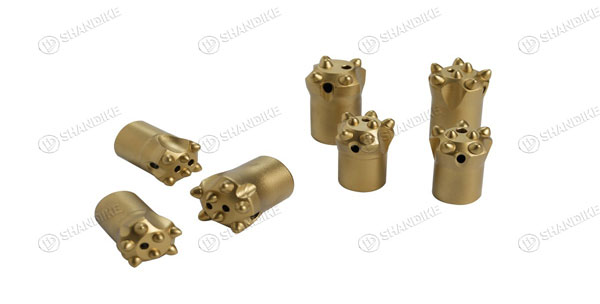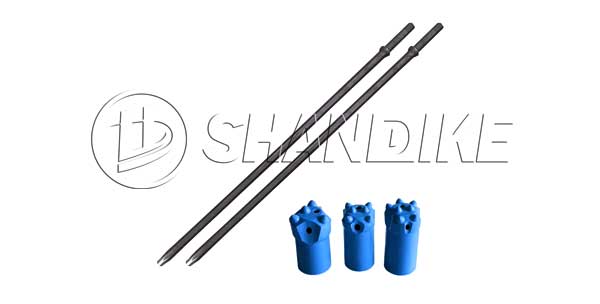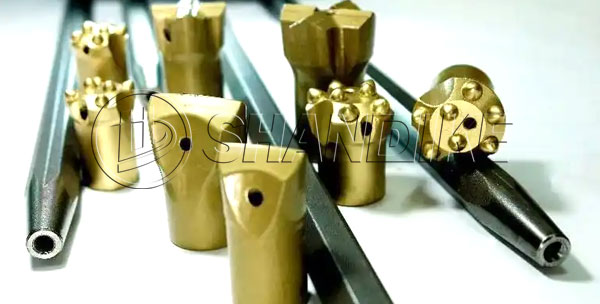Common causes and solutions for drill rods detachment
Common reasons:
Thread wear or damage
Failure to regularly inspect threads, insufficient or excessive tightening torque, resulting in connection failure.
Improper operation
Misalignment of threads during quick fastening or uncoupling, resulting in “wrong fastening” or thread damage.
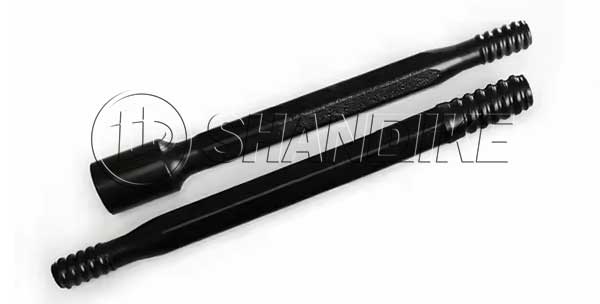
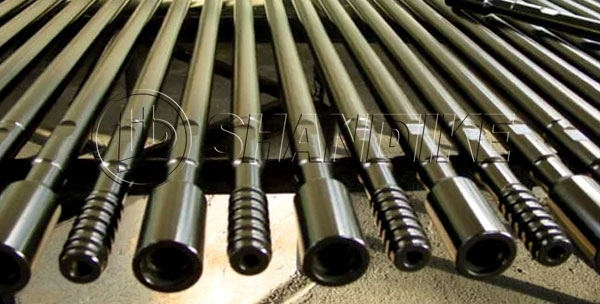
Material fatigue or quality issues
After long-term use, the drill rod may experience fatigue fracture or the thread processing may not meet the standards.
Complex underground working conditions
Abnormal vibration and sudden torque changes (such as encountering hard formations during drilling) can cause thread loosening.
Emergency response plan:
Immediately stop drilling and cycle
Maintain circulation to prevent sand settling and drill jamming, and confirm the disengagement position.
Salvage operation
Use fishing tools (such as male cones, female cones, and fishing baskets) to grab the fallen fish (trip the drill rod).
Inverted processing
If the salvage fails, extract the drilling tools in sections by reversing them.
Side drilling during well filling (extreme case)
If it cannot be salvaged and affects subsequent operations, cement should be injected to seal the well section and sidetrack around the obstacle.
3、 Comprehensive preventive measures
Strictly inspect tools
Regularly inspect the wear of drill pipe threads and shoulders, and eliminate unqualified drilling tools.
Standardize operational procedures
Tighten according to standard torque, use thread grease, and avoid sudden lifting and releasing.
Optimize drilling parameters
Adjust drilling pressure, rotation speed, and displacement according to the formation to reduce abnormal vibrations.
Real time monitoring
Predict underground risks and make timely adjustments based on changes in parameters such as torque and suspension weight.
Training and Drills
Regularly conduct accident emergency drills to improve team collaboration skills.
4、 Precautions
After the drill is stuck or tripped, it is forbidden to blindly pull or twist it to avoid worsening the accident.
Before salvage operations, sufficient circulation is required to ensure the cleanliness of the wellbore.
If dealing with difficulties, it is necessary to promptly contact professional service companies or technical experts for support.
By standardizing operations, real-time monitoring, and scientific contingency plans, the probability and losses of such accidents can be significantly reduced.

